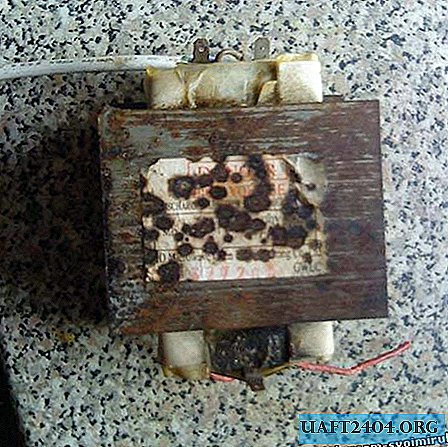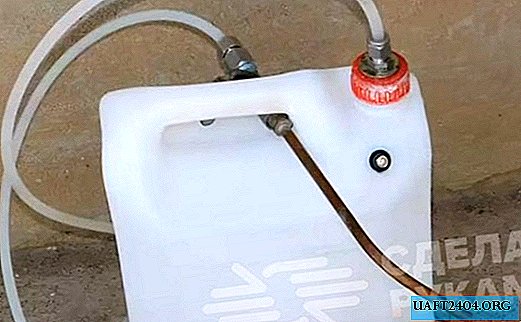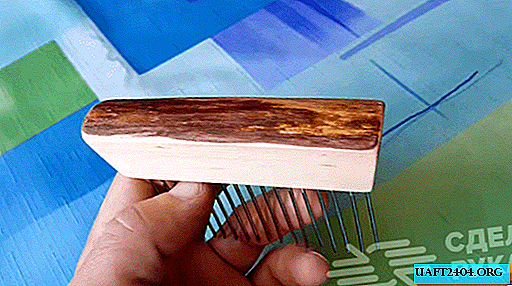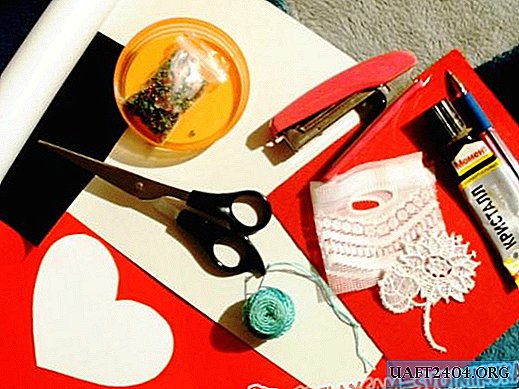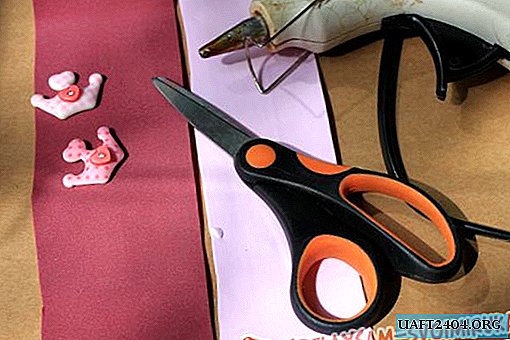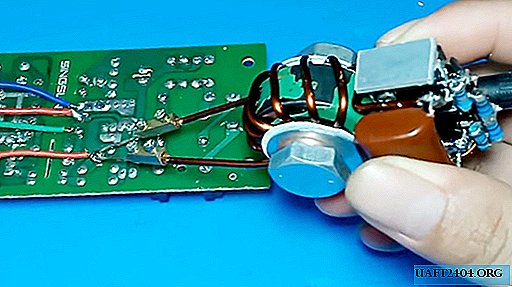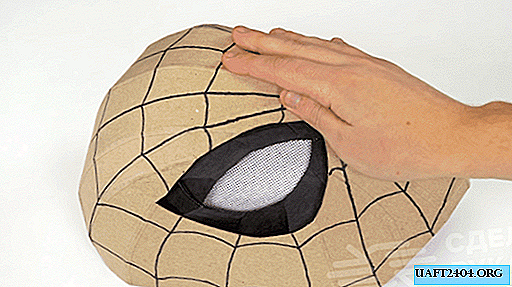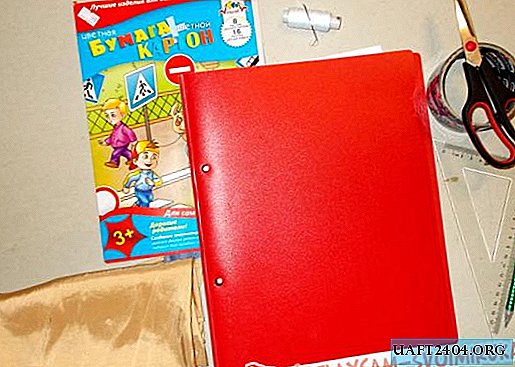Share
Pin
Tweet
Send
Share
Send
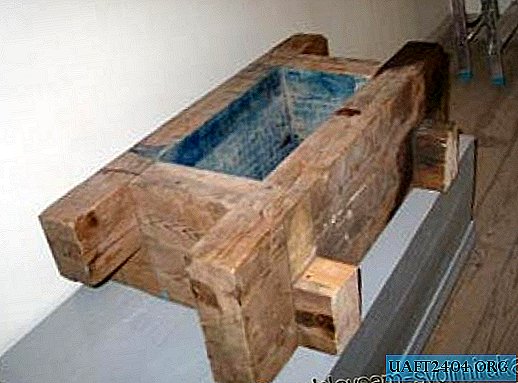
Clay earth is well suited for making bricks, if it is too greasy, a little sand is added to it - the resulting mixture should not leak or crumble in your hands. Soil is taken from a depth of about half a meter, sifted from roots, stones, vegetation, debris, small pebbles are permissible. A pit is digging, where in the water the earth is kneading closely, it should be plastic, but not spread, keep its shape, but not be too dry. In earthen dough, you can add shavings, chopped straw.
It is believed that the optimal brick size is 25x10x10 centimeters, but they can also be made larger, up to half a meter in length. They make a machine for molding the right size, clear a smooth spacious area on which finished bricks will be made and dried. From a stretcher, mix the earth mixture with a shovel into the molding machine to the edges, knead, remove excess mixture protruding above the edges, the board, lift the machine, the finished brick leaves the machine and remains in place for drying, the machine is placed next to the next brick. The bricks lie no less than three to four days, then turn over to the rib and continue to dry already in this position. The drying of the finished brick ends in about four days.
Earthen brick is laid in the same way as ordinary brick. For masonry, you can use clay diluted with water.
In the photo - a form for making bricks.
Share
Pin
Tweet
Send
Share
Send

